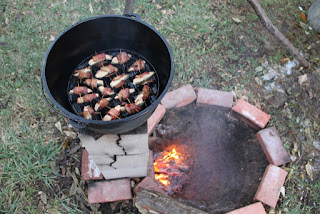"Let us abandon all fear and dread, for these do not befit men and women who are loved. Instead, let us live the joy of encounter with the grace that transforms all." -Pope Francis
 |
| The Cloisters Museum, New York |
On Dec. 8, Pope Francis launched the Jubilee Year of Mercy, an effort to focus the mission of the church and of the faithful on mercy and forgiveness rather than on judgment. This is a call for both individuals and for the institution.
"This Extraordinary Holy Year is itself a gift of grace," Francis said during the homily at a Mass in which he proclaimed the start of this extraordinary effort. "To enter through the Holy Door means to rediscover the deepness of the mercy of the Father who welcomes all and goes out to meet everyone personally."
"If we were to forget, even just for a moment, that mercy is that which God likes most, every one of our labors would be useless because we would become slaves of our institutions and our structures, however renewed they might be," the pope said the next day at his general audience in St. Peters Square. "We would always be slaves."
The U.S. Conference of Catholic Bishops offers five suggestions on how to answer this call to be merciful. In a post on the USCCBs
Go Forth blog, education and outreach director Jill Rauh invites us to Pray for awareness of God in our own lives, to Pray with the Gospel, to Encounter, to Prepare to be Merciful, and to Realize that We are all in this Together.
"These exercises for prayer and reflection are only a start. Preparing our hearts for the Jubilee Year can help us live out Pope Francis’ vision in
Evangelii Gaudium of a Church, which, “guided by the Gospel of mercy and by love for mankind, hears the cry for justice” and responds to Jesus’ command by Mark 6:37 (full context, Mark 6: 30-44) by “working to eliminate the structural causes of poverty” (no. 188)," said Ruah. "We start with prayer, then reach out to encounter others. Then we learn and discern together about how we might be called to act. The Jubilee Year of Mercy is the perfect opportunity to engage this process." Read full blog post






























